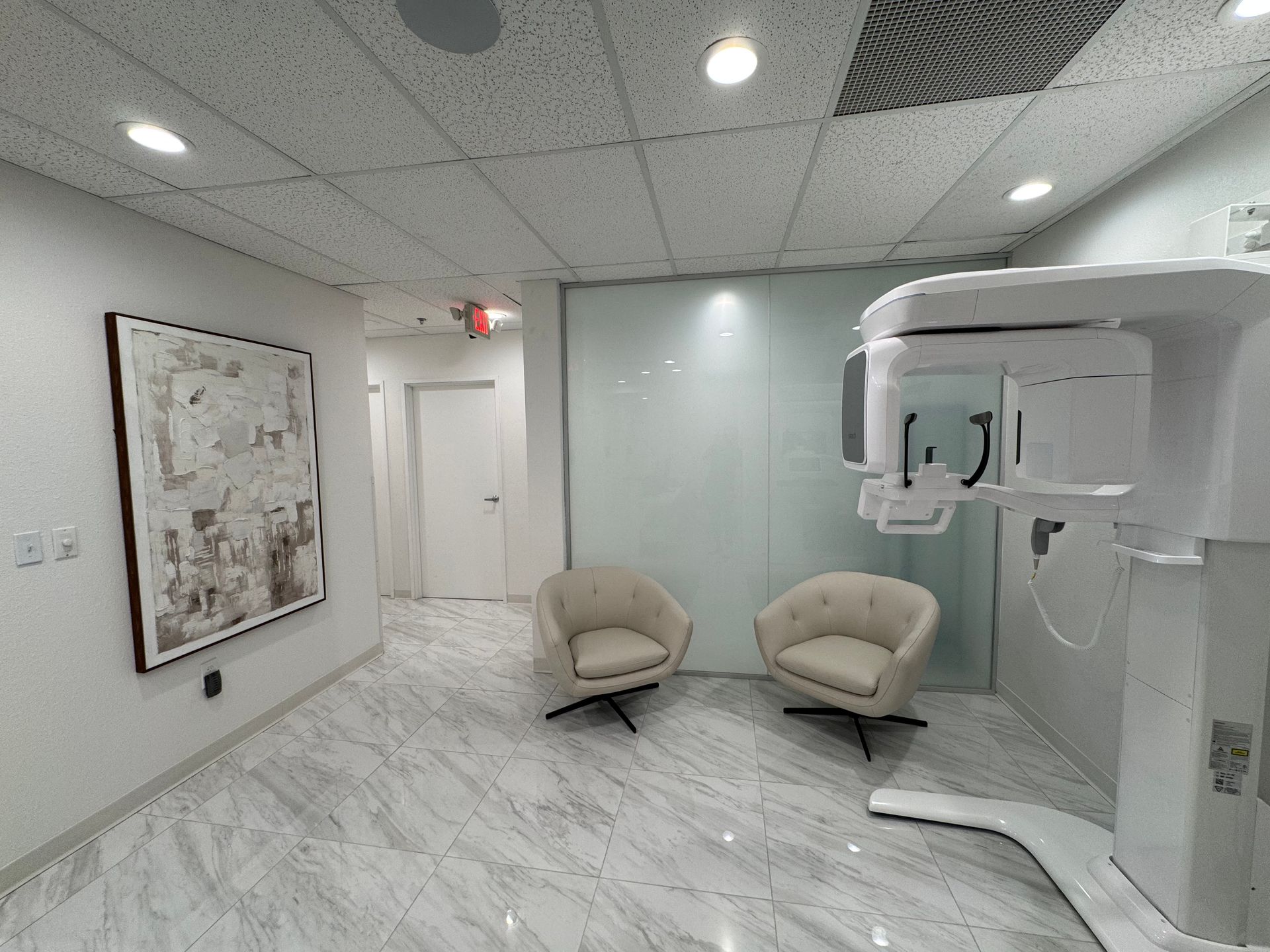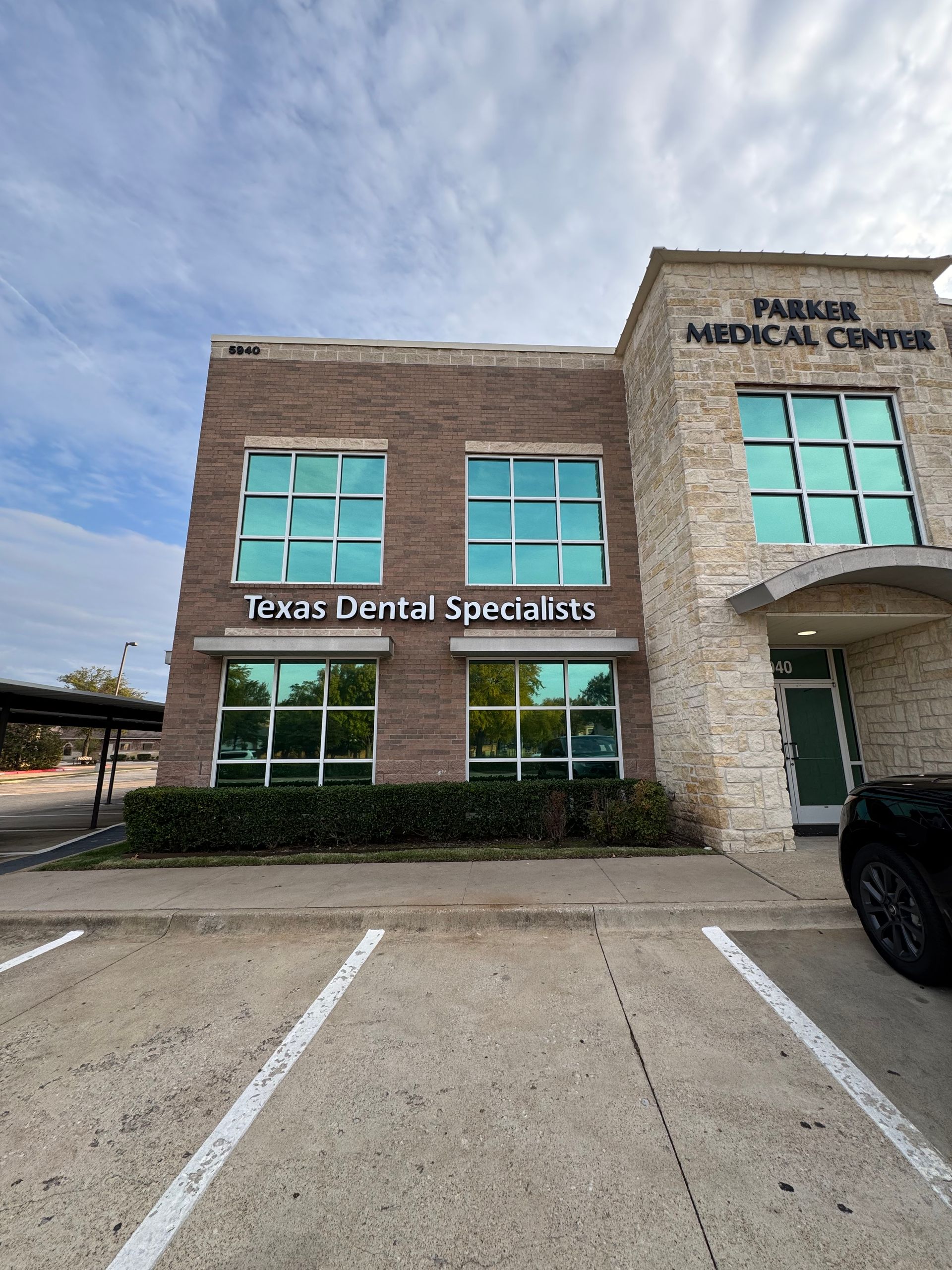What are Dental Bridges?
Dental bridges are a type of replacement for one or more missing teeth. A dental bridge consists of one or more false teeth called pontics and two or more dental crowns which are called abutment teeth. The pontics act as the central portion of the dental bridge while the crowns present on either side act as an anchor to support the pontic.
For more information about our services or to schedule an appointment, call us at (214) 619-6329 or complete the form below we’ll get back to you as soon as we can.
What are the Indications for Dental Bridges?
A dental bridge is recommended for people who have lost one or more teeth and do not want to get a dental implant.
In general, people with the following issues may consider a dental bridge:
- Difficulty speaking
- Problems with bite
- Difficulty chewing
- Tooth pain due to stress on your jaw and remaining teeth
- Crooked smile
What are the Different Types of Dental Bridges?
The different dental bridges include:
- Traditional bridge: This consists of a central portion called the pontic which is surrounded by crowns on either side. It is typically made of porcelain fused to ceramic or metal.
- Resin-bonded or Maryland bridge: This is similar to a traditional bridge except that it is made of porcelain fused to metal or resin. It is placed on your existing teeth.
- Cantilever bridge: This comprises a pontic connected to only one abutment tooth.
How do you Prepare for a Dental Bridge?
A teeth impression is taken to prepare a dental bridge as per your natural teeth structure and alignment.
- Your dentist will call you for a dental (oral) check-up.
- You will be informed to keep your teeth clean by brushing and flossing properly on the day of the procedure.
- You will be asked to rinse your mouth before your doctor places the tooth cement in your mouth to take the dental impression.
- Avoid eating sugary, sticky, and starchy food items that may interfere with a proper dental impression.
What is the Procedure for Placing a Dental Bridge?
To place a dental bridge you may require more than one visit based on your doctor’s discretion.
- Once the dental impression is ready, your doctor prepares a corresponding dental bridge.
- Your teeth are prepared to place the dental bridge. For this, a portion of enamel is removed to create room for the bridge.
- The bridge is placed in the dental cavity and its fitting is checked to ensure that there are no space or gaps between your teeth.
- Subsequent visits may be required to adjust metal framework for the dental bridge.
- Dental cement may be applied if needed based on your dentist’s discretion.
- The bridge will be secured firmly in a couple of weeks.
What are the Advantages and Benefits of Dental Bridges?
The benefits of dental bridge treatment include:
- Improves your facial aesthetics
- Restores your smile
- Allows you to speak, chew, and eat properly
- Prevents the remaining teeth from moving out of position or malalignment
Request an Appointment
For more information about our services or to schedule an appointment, call us at (214) 619-6329 or complete the form below we’ll get back to you as soon as we can.
For more information about our services, or schedule an appointment, give us a call or complete the form on our contact page.
Our reviews





